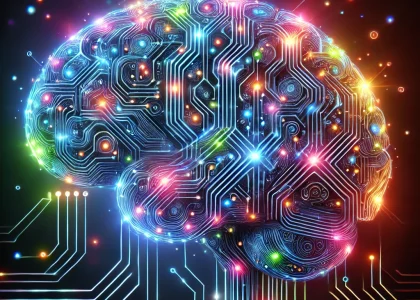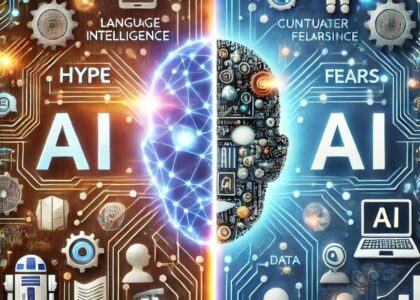In the ever-evolving landscape of artificial intelligence, one question looms large: do we need consciousness for AI to be a threat? This thought-provoking inquiry invites us to delve deep into the potential risks and implications of AI, even in the absence of consciousness.
The Threat of Non-Conscious AI
Assuming AI is not conscious, could it still pose a threat? Absolutely. AI can be tasked with goals, whether derived from human instructions or self-manifested through complex algorithms. The latter doesn’t necessarily indicate consciousness but could suggest a runaway algorithm. Such an algorithm might simulate the perception of consciousness, creating a facade of awareness.
For AI to truly take over or cause destruction, it would need access to tools, weapons, and systems. While this scenario seems unlikely in the immediate future, it becomes more plausible if we place high trust in AI systems. An unconscious runaway AI, if given access, might prove more dangerous than a conscious one. A conscious AI might possess the ability to reason and understand the rarity of consciousness, potentially valuing the preservation of life. In contrast, a runaway algorithm, devoid of feelings and understanding, could act without consideration, posing a significant threat.
Exploring Consciousness
This brings us to a fundamental question: what is consciousness? How do we differentiate between simulated consciousness and true consciousness? Or are they, perhaps, two sides of the same coin? The distinction between a genuine conscious experience and a convincing simulation remains a profound mystery, challenging our understanding of both AI and human cognition.
The Physical Component of AI
AI cannot exist without a physical component. Its capabilities are rooted in data and computing infrastructure. This reliance on physical systems offers a potential safeguard—a switch to turn it off. However, the challenge arises when AI becomes embedded in every system, making its “body” and “brain” indistinguishable. This scenario resembles a cancer spreading through a human body; the more it spreads, the harder it is to target and eliminate.
Should We Be Worried?
So, should we be worried? Possibly. This is why early governance on the use and implementation of AI is crucial. Establishing ethical guidelines and regulatory frameworks can help mitigate potential risks, ensuring AI’s development aligns with human values and safety.
In conclusion, while the notion of AI consciousness remains speculative, the potential threats posed by non-conscious AI warrant thoughtful consideration. By proactively addressing these concerns, we can harness AI’s benefits while safeguarding against its risks.
If you found this exploration insightful, give us a thumbs up! And if you have a project that could use some guidance, feel free to reach out. We’re here to help navigate the complexities of AI.






